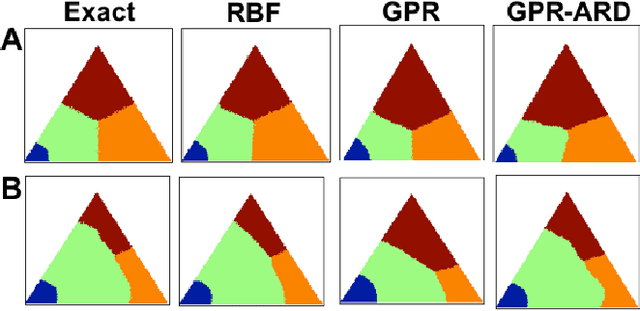Sheeraz Ahmad
Towards the Use of Saliency Maps for Explaining Low-Quality Electrocardiograms to End Users
Jul 06, 2022


Abstract:When using medical images for diagnosis, either by clinicians or artificial intelligence (AI) systems, it is important that the images are of high quality. When an image is of low quality, the medical exam that produced the image often needs to be redone. In telemedicine, a common problem is that the quality issue is only flagged once the patient has left the clinic, meaning they must return in order to have the exam redone. This can be especially difficult for people living in remote regions, who make up a substantial portion of the patients at Portal Telemedicina, a digital healthcare organization based in Brazil. In this paper, we report on ongoing work regarding (i) the development of an AI system for flagging and explaining low-quality medical images in real-time, (ii) an interview study to understand the explanation needs of stakeholders using the AI system at OurCompany, and, (iii) a longitudinal user study design to examine the effect of including explanations on the workflow of the technicians in our clinics. To the best of our knowledge, this would be the first longitudinal study on evaluating the effects of XAI methods on end-users -- stakeholders that use AI systems but do not have AI-specific expertise. We welcome feedback and suggestions on our experimental setup.
Active Sensing as Bayes-Optimal Sequential Decision Making
Aug 09, 2014



Abstract:Sensory inference under conditions of uncertainty is a major problem in both machine learning and computational neuroscience. An important but poorly understood aspect of sensory processing is the role of active sensing. Here, we present a Bayes-optimal inference and control framework for active sensing, C-DAC (Context-Dependent Active Controller). Unlike previously proposed algorithms that optimize abstract statistical objectives such as information maximization (Infomax) [Butko & Movellan, 2010] or one-step look-ahead accuracy [Najemnik & Geisler, 2005], our active sensing model directly minimizes a combination of behavioral costs, such as temporal delay, response error, and effort. We simulate these algorithms on a simple visual search task to illustrate scenarios in which context-sensitivity is particularly beneficial and optimization with respect to generic statistical objectives particularly inadequate. Motivated by the geometric properties of the C-DAC policy, we present both parametric and non-parametric approximations, which retain context-sensitivity while significantly reducing computational complexity. These approximations enable us to investigate the more complex problem involving peripheral vision, and we notice that the difference between C-DAC and statistical policies becomes even more evident in this scenario.
 Add to Chrome
Add to Chrome Add to Firefox
Add to Firefox Add to Edge
Add to Edge